Soal Present Perfect Tense Pengertian Present Perfect Tense Present perfect tense adalah suatu bentuk kata kerja yang digunakan untuk menyatakan suatu aksi atau situasi yang telah dimulai di masa lalu dan masih berlanjut sampai sekarang atau telah selesai pada suatu titik waktu tertentu di masa lalu namun efeknya masih berlanjutStructureSubject have/has main verb (pastPresent Perfect ftgp The present perfect is a verb tensewhich is used to show that an action has taken place once or many times before now The present perfect is most frequently used to talk about experiences or changes that have taken place, but
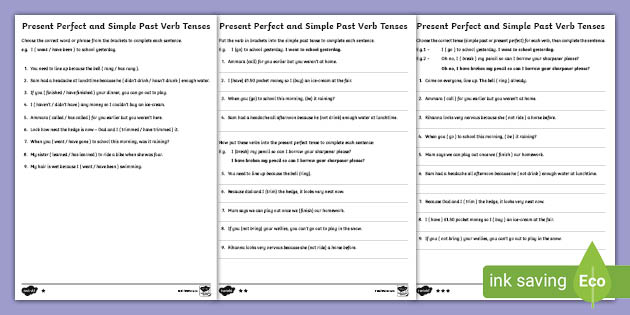
The Past And Present Perfect Form Of Verbs Worksheets
What is present perfect tense formula
What is present perfect tense formula- PRESENT PERFECT TENSE Have you ever Slideshare uses cookies to improve functionality and performance, and to provide you with relevant advertising If you continue browsing the site, you agree to the use of cookies on this websitePresent Perfect Tense Present perfect tense uses the auxiliary verbs 'have' or 'has' I have called You have listened We have eaten She has gone to
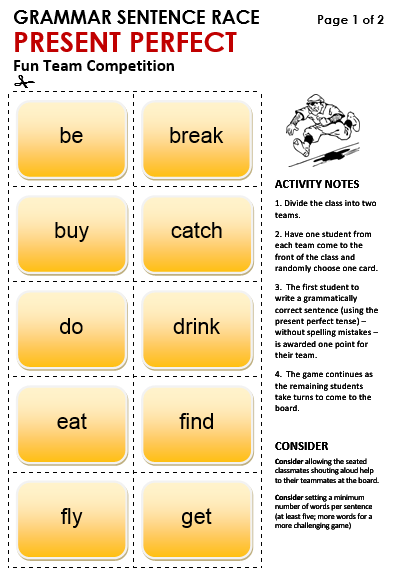



Present Perfect Simple All Things Grammar
The present perfect tense (sometimes referred to as the present perfect simple tense) is formed by using the present tense of the auxiliary verb have (or has, if used with thirdperson singular pronouns) along with the past participle of the "main" verb Despite its name, the present perfect is used to give general information about something that happened in the past (anytime "beforeThe present perfect tense is used in the following situations 1 Actions that have occurred at an unspecified time in the past When you name a specific time in the past, you use the past tense But for an unspecified time, you can use the present perfect tensePresent Perfect (Summary) be, do, have and irregular verbs in the Present Perfect;
Exercise on Present Perfect Simple Put the verbs into the correct form (present perfect simple) I (not / work) today We (buy) a new lamp We (not / plan) our holiday yet Where (be / you) ?Recommended tense Example Literature review (or whenever discussing other researchers' work) Past Martin () addressed Present perfect Researchers have studied Method Description of procedure Past Participants took a survey Present perfect Others have used similar approaches Reporting of your own or other researchers' results14 rows Present Perfect Progressive Tense The present perfect progressive tense is used for a
Form Use the auxiliary verb have/has been base verb ing to form the present perfect continuous Let's take a look at the verb "read" Note that the verbs "live" and "work" can be used with either present perfect simple, or present perfect continuous without changing the The present perfect tense is used when the action starts in the past and continues into the present Present perfect tense Structure The present perfect is formed with have/has and the third form of the verb and is used when an action Positive Sub have/ has verb 3 Object I have finished my work She has finished her workGrammar The present perfect continuous tense (also known as the present perfect progressive tense) shows that something started in the past and is continuing at the present time The present perfect continuous is formed using the construction has/have been the present participle (root




Present Perfect Tense Online Activity For High School
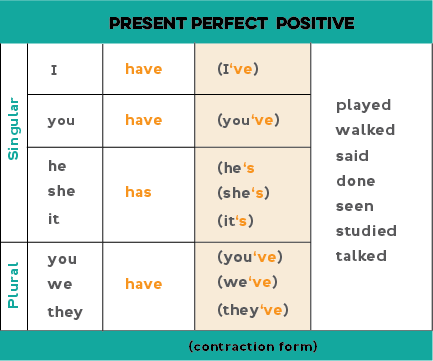



Present Perfect In English
PERFECT have been I had been I have been Below is the Present Perfect Tenses THE PRESENT PERFECT TENSE Rule Affirmative Subject has/have V3 object (V3 means the third form of the verb) Note "I" or any plural subject gets have Any singular subject (Except 'T") gets has I have served She has served We have served They have served Check PresentThis lesson is an overview of the present perfect tense What it looks like, how to use it and when to use it!
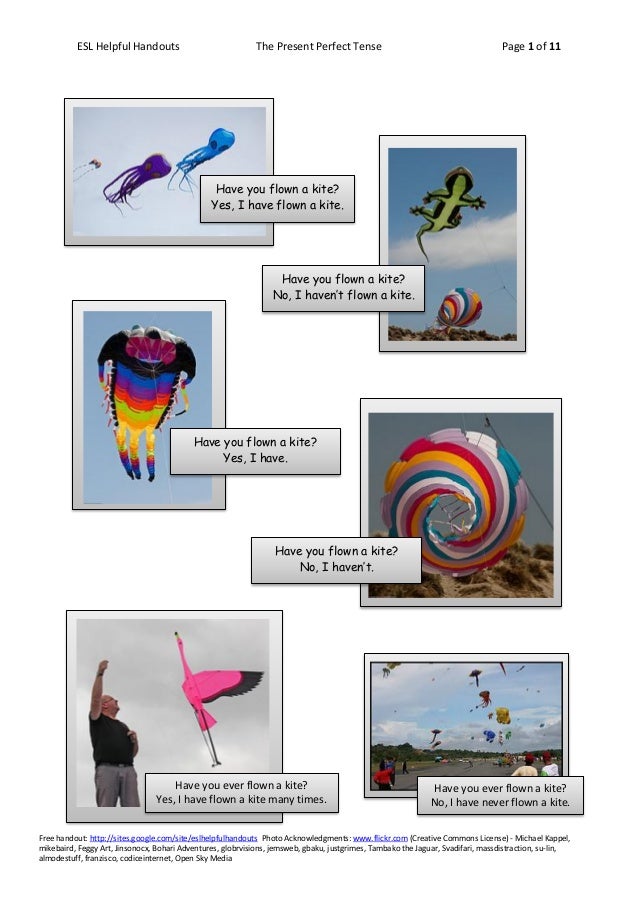



The Present Perfect Tense




Present Perfect Tense Free Online Exercise
12 tenses (be) past present future;SIMPLE present simple or past simple except future will be I was I am I will beI was not I am not I will not be?The present perfect tense connects the past with the present When using this verb tense, we can be talking about an action or event that occurred in the pas
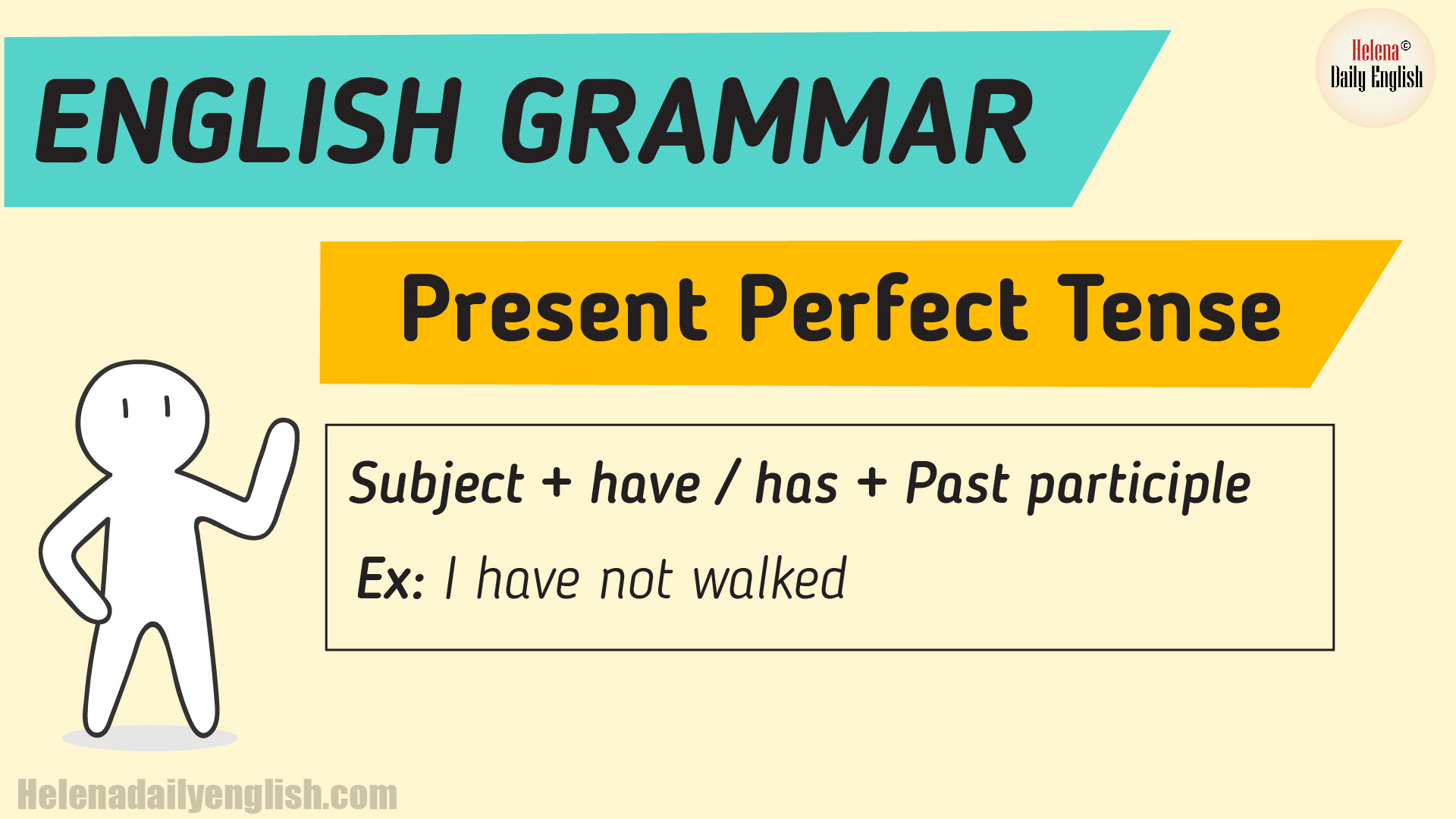



The Present Perfect Tense Example Explanation English Grammar
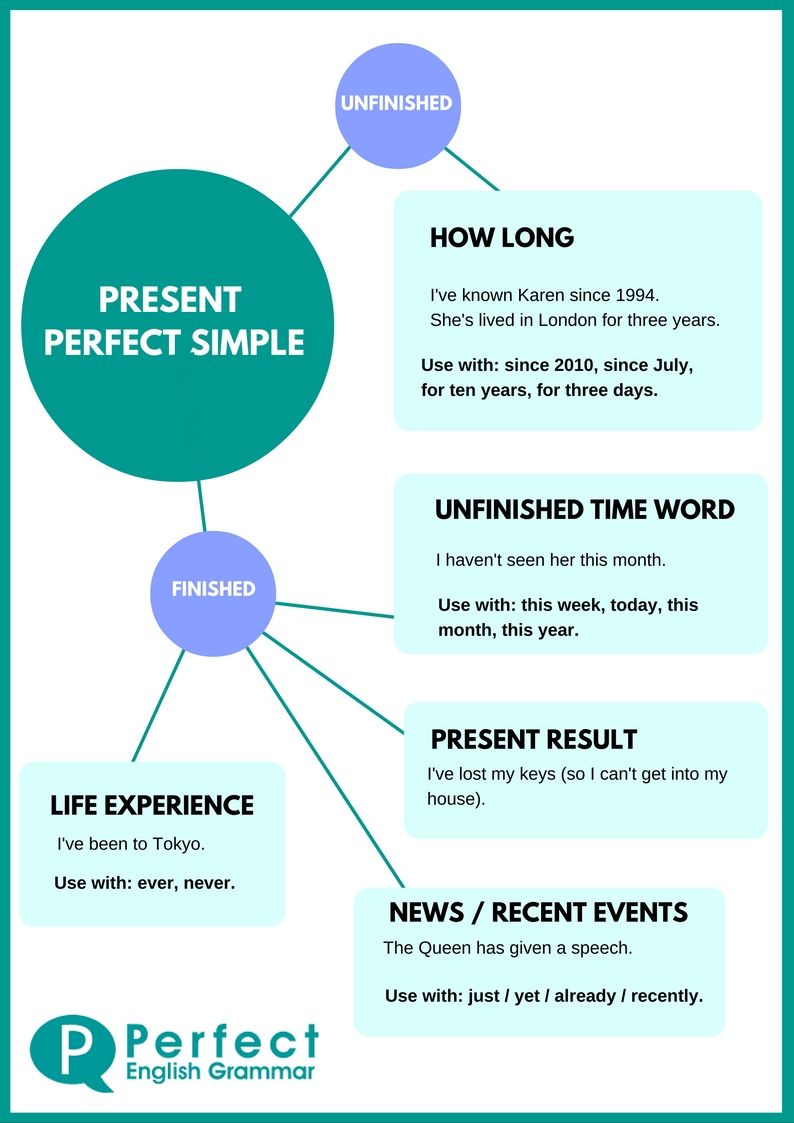



Using The Present Perfect Tense In English
Present perfect I have been; The present perfect continuous tense (also known as the present perfect progressive tense) shows that something started in the past and is continuing at the present time The present perfect continuous is formed using the construction has/have been, and the present participle (root ing)Materi Present Perfect Tense Pengertian, Rumus, Contoh Kalimat dan Soal Pada artikel ini, Gramedia kembali membahas keluarga tenses yang berkaitan dengan masa lalu Tenses seringkali membuat kita rancu dalam menggunakannya karena hampir memiliki kesamaan Padahal, jika dicermati konteksnya penggunaan tenses terlihat perbedaannya
(143).jpg)



Present Perfect Tense Quiz Questions Proprofs Quiz




Present Perfect Tense Detailed Expression English Study Here
100 Sentences of Present Perfect Tense Examples of Present Perfect Tense 1My sister has already made a big cake 2You have grown since the last time I saw you 3It hasn't drunk the water 4I have seen that movie 5We haven't received any mail since we were retired 6They haven't gone to the shopping center 7Have they played the piano?Present perfect trend id actually another name of simple pastHere we would se hoye it isWe would also learn its uses in an analytical methodThis tense mayCONTINUOUS be being I was being I am being I will be beingI was not being I am not being I will not be being?
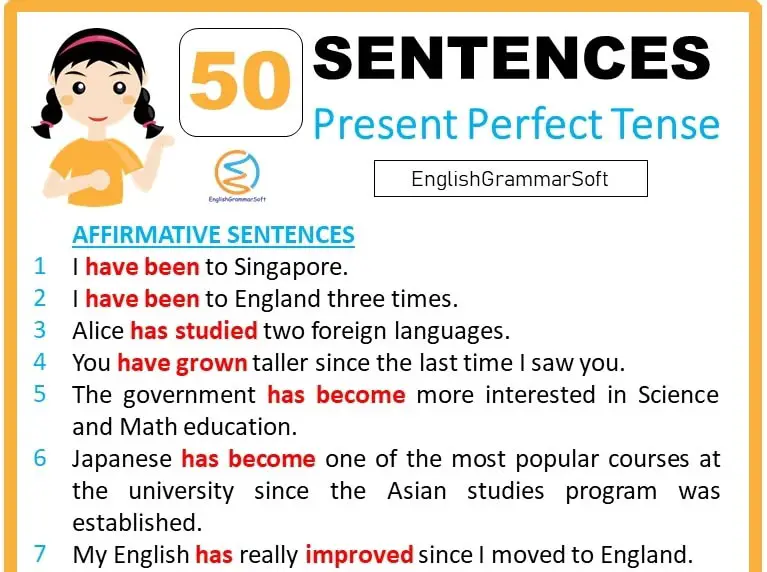



Present Perfect Tense Sentences Affirmative Negative Interrogative 50 Examples Englishgrammarsoft
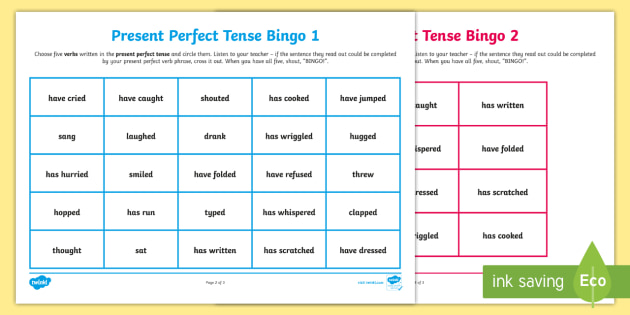



Present Perfect Tense Bingo
The present perfect tense is made by using "have" or "has" and then the past participle form of the main verb Like any other tense, it can be made into a positive or negative statement, or turned into a question Just make sure that the This tense is used when the action is perfectly acted out recently When you have done any action recently, which tense is to be used in such a case?The four present tenses are the simple present tense, the present progressive tense, the present perfect tense, and the present perfect progressive tense The present perfect continuous uses two auxiliary verbs together with a main verb The present perfect tense refers to an action or state that either occurred at an indefinite time in the
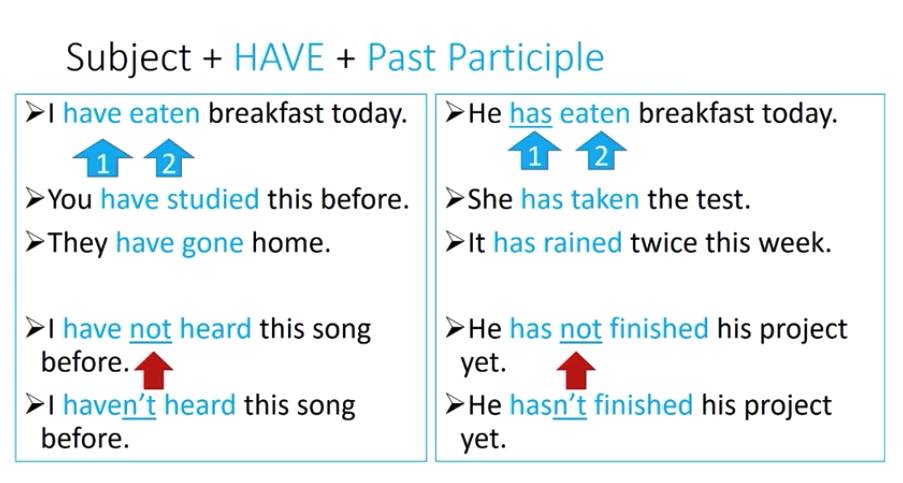



Present Perfect Tense Asean Scholarships




Present Perfect Tense Examples Exercise And Usage Examplanning
The present perfect tense is used when talking about experiences from the past, a change or a situation that has happened in the past but is still continuing today This tense is an important part of English grammar since it demonstrates that actions or events in the past have an effect on the present situationSignal words for the Present Perfect;Will I be being?




Present Perfect Tense And Use Of Present Perfect Tense
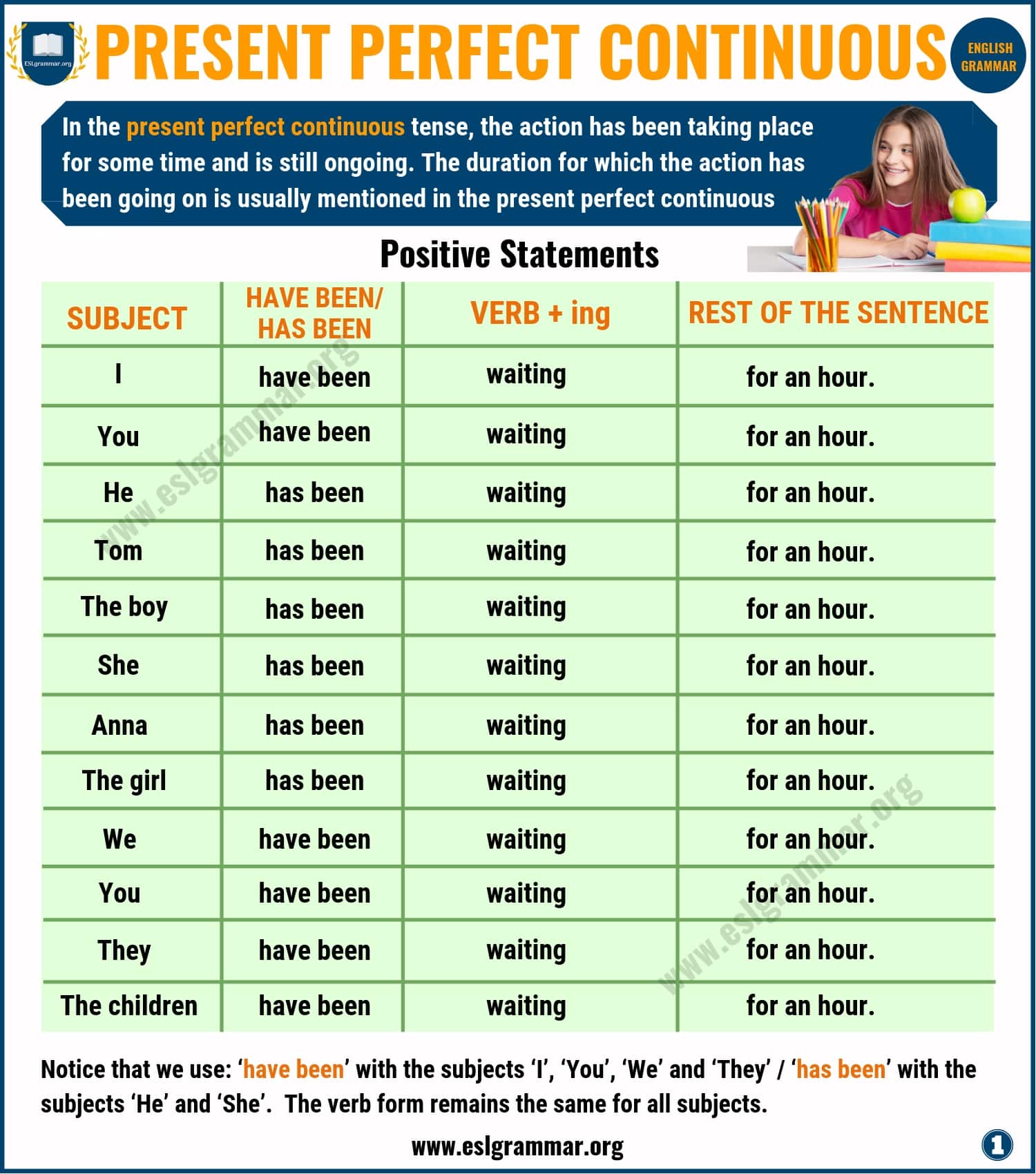



Present Perfect Continuous Tense Definition Useful Examples Excercise Esl Grammar
The present perfect tense refers to an action or state that either occurred at an indefinite time in the past (eg, we have talked before) or began in the past and continued to the present time (eg, he has grown impatient over the last hour) This tense is formed by have/has the past participleUse of the Present Perfect The present perfect tense is formed by combining the word have/has with the past participle in order to express an action that began in the past and is now completed in the present In this case, the word has is paired with the past participle read, creating a sentence that uses the present perfect tense
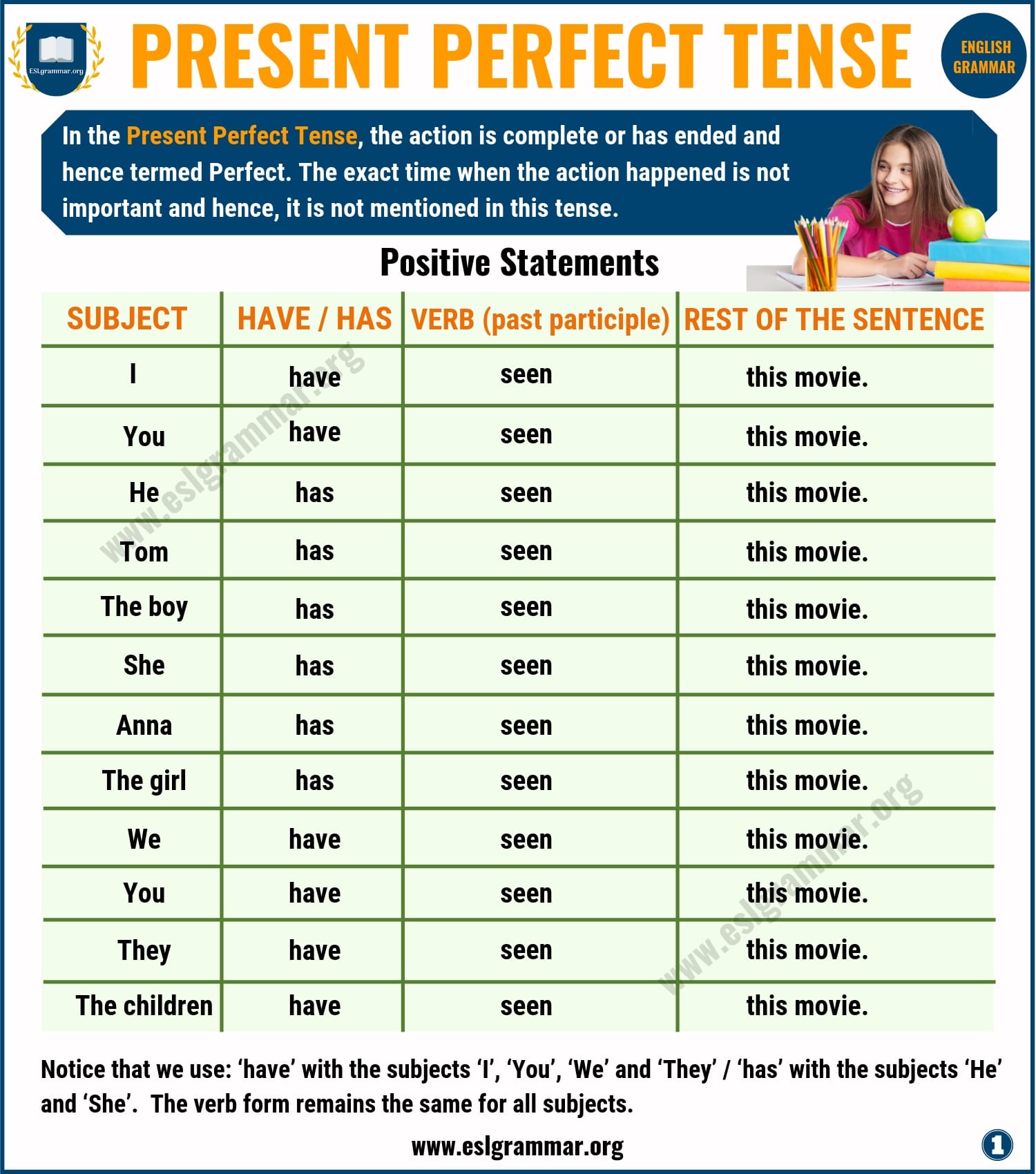



Present Perfect Tense Definition Useful Examples And Exercise Esl Grammar



1
Present Perfect The present perfect is formed in the following way have/has past participle;Diagram of the Present Perfect;Now, I understand that it is more natural and in practice, people are much more likely to use the simple present tense instead of the present perfect tense without time expressions with the stative verbs such as "know, understand, have, etc" as mentioned in the 4 sample sentences I cited in my previous posting
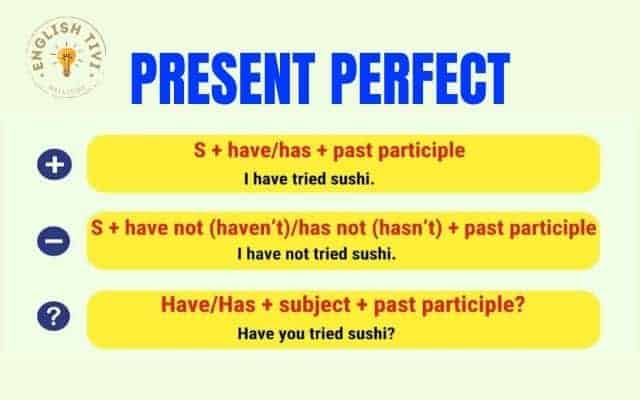



Present Perfect Tense English Grammar Tenses English Tivi



1
Present simple tense with other verbs With all other verbs, we make the present simple in the same way The positive is really easy It's just the verb with an extra 's' if the subject is 'he', 'she', or 'it' Let's take the verb 'play' as an example Positive (of 'play') I play you playThe perfect tense literally means the "complete" tense This is because it indicates an action that is finished The perfect tense often puts a focus on the present even if the event occurred in the past Prefect Tense Example I have finished my homework Even though finishing the homework is the completed action, the focus is on the factConjugate the English verb be indicative, past tense, participle, present perfect, gerund, conjugation models and irregular verbs Translate be in context, with examples of use and definition




Present Perfect Tense Vocabulary Home




Present Perfect Tense Definition Useful Examples And Exercise Esl Grammar
The present perfect tense expresses actions that happened at a time that is not specific The Present Perfect is Used to Express actions of duration that occurred in the past (before now) of unspecified time actions that started in the past but continue to the presentThe future perfect progressive tense is used to talk about an action that will already have started and will still be happening by a certain time in the future We use time expressions such as for 30 minutes and since early morning to describe the length of time the activity has already going onSignal Words for Present Perfect Tense Already, ever, never, yet, so far, up until now, in the last, since 15, for the last 10 years The present perfect tense is used in the following situations




Present Perfect Tense English Esl Worksheets For Distance Learning And Physical Classrooms




Present Perfect Tense English Grammar English The Easy Way
The Typical Present Perfect Sentence In order to form a typical sentence in the present perfect simple, choose a subject ( (the person or thing that has done the action), add an auxiliary (or helping) verb has or have the V3 (past participle) form of the verb and then add the rest of the sentence The V3 (past participle) form of a regularThere are several positions where the present perfect tense must be used In our today's article, we would surely learn Present perfect tense rules and its uses with detailed examplesPresent Perfect, Past Perfect & Future Perfect Verb Tenses › Best Online Courses From wwwmometrixcom Courses Posted (1 week ago) The tense of a verb refers to the time of the action or state of being The perfect form is the verb tense used to talk about a completed action or condition and always uses a form of "have" or "had," plus the past participle
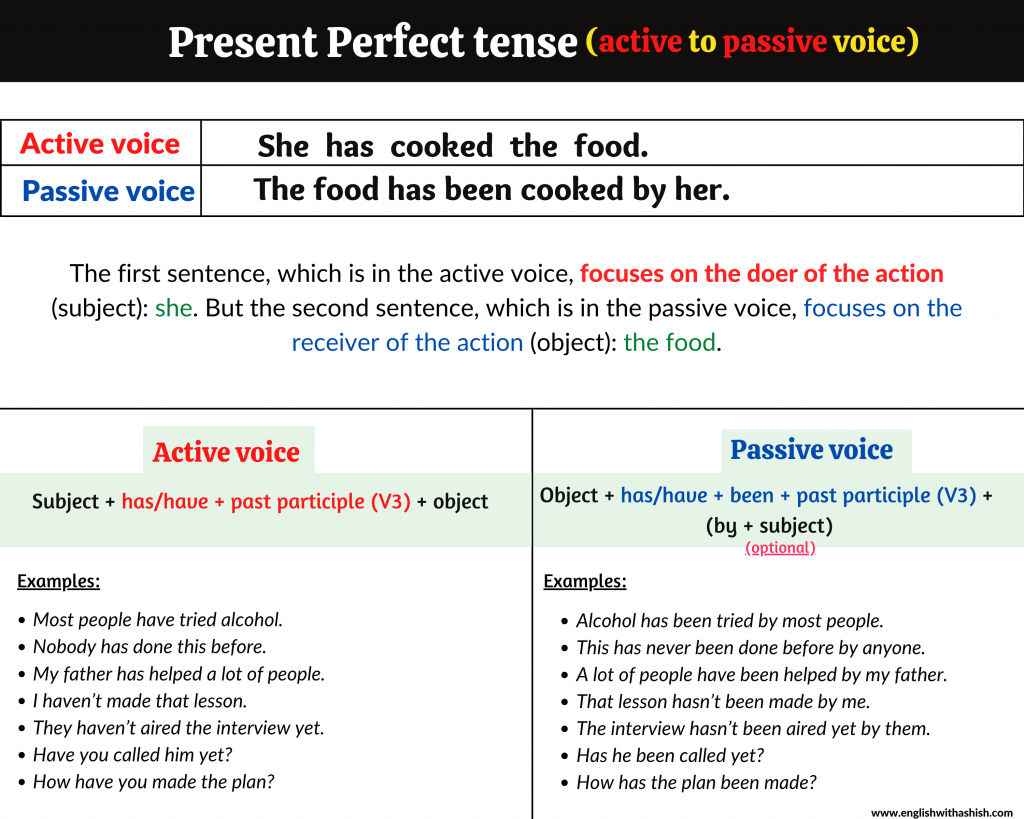



Active Voice To Passive Voice In Present Perfect Tense Examples And Practice Set




Present Perfect Tense Forms Interactive Exercise Photocopiables
Questions in the Present Perfect;Form of the Present Perfect;Short/contracted forms and long forms in the Present Perfect;




50 Present Perfect Tense Example Sentences English Vocabs




10 Present Perfect Tense Example Sentences English Vocabs
Present Perfect Continuous Tense Issuu from imageisupub It's been raining (= and the streets are still wet) 2) he has been working on the project for past three days Now, i understand that it is more natural and in practice, people are much more likely to use the simple present tense instead of the present perfect tense4 rows The present perfect tense describes an action that began in the past (despite being a presentFor information on how to make the present perfect, click here Download this explanation in PDF here We use this tense for unfinished and finished actions Unfinished Actions 1 We use this tense when we want to talk about unfinished actions or states or habits that started in the past and continue to the present
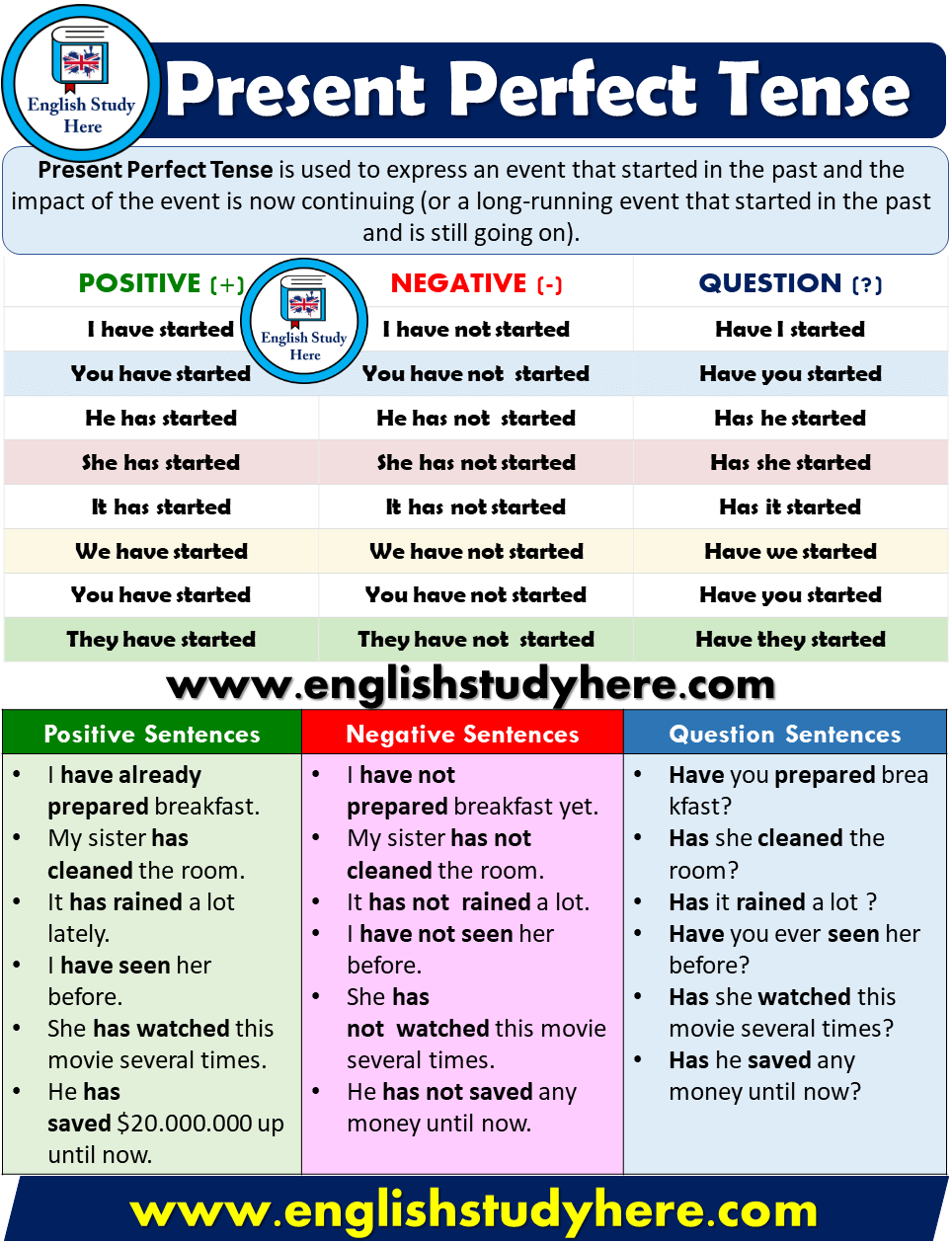



Present Perfect Tense Detailed Expression English Study Here
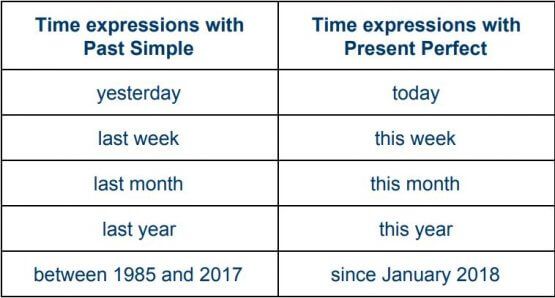



Using The Present Perfect Tense In English Wall Street English
The present perfect tense is a tense used in present to indicate the action that has taken place at some specific time It uses auxiliary verb and past participle for the main verb ie verb ed Some examples of present perfect tense are I have watchedThe present perfect tense is used to describe actions that started in the past, but still have effect on the present The focus in the present perfect tense is the result of the action Generally, the time at which the action started (or stopped) is not important Every sentence in this tense has a verb to have as an auxiliary verb in addition The present perfect tense combines the present tense (the helping verbs "has" or "have") and the perfect aspect to describe an event that happened in the past that has present
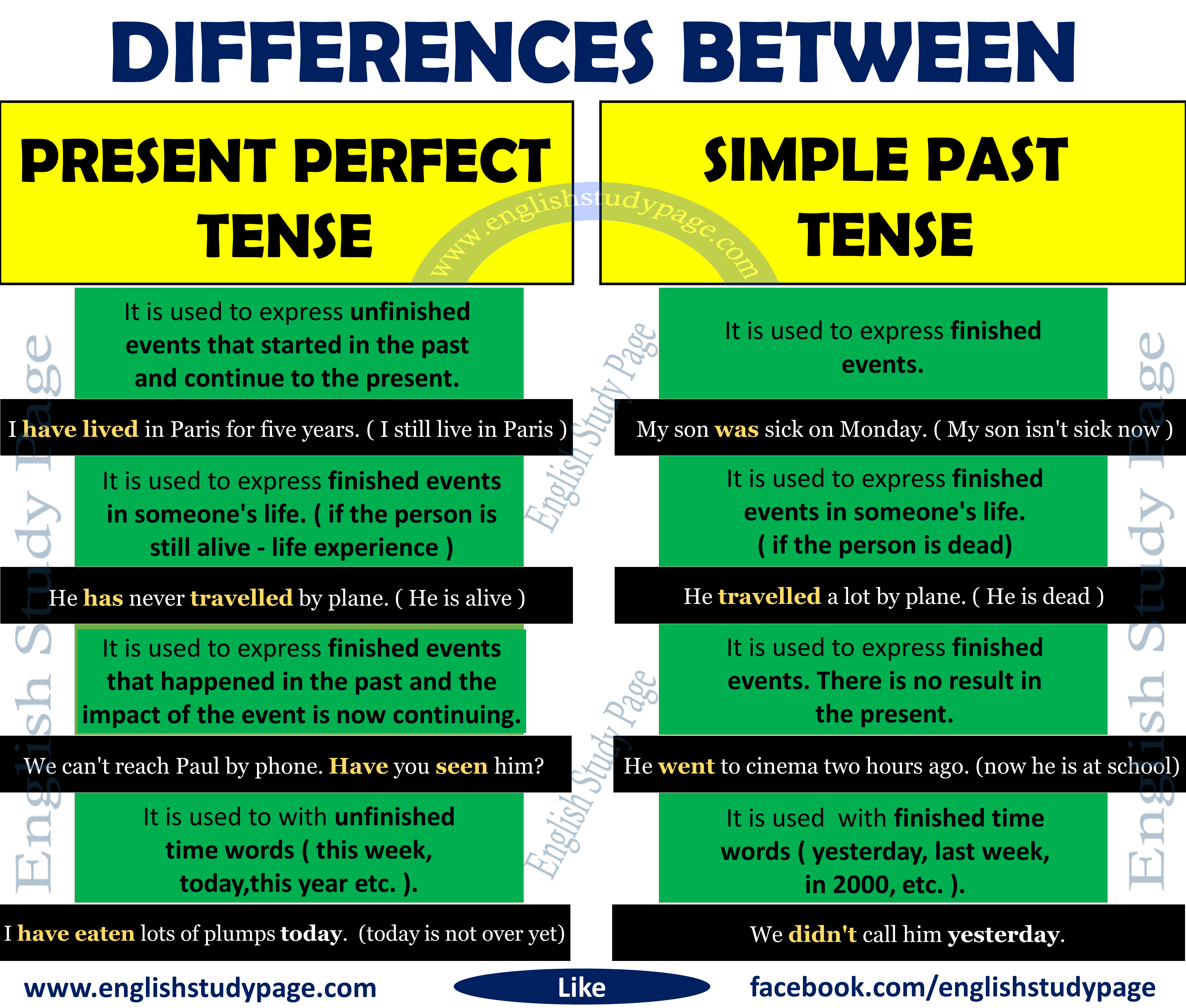



Differences Between Present Perfect Tense And Simple Past Tense English Study Page
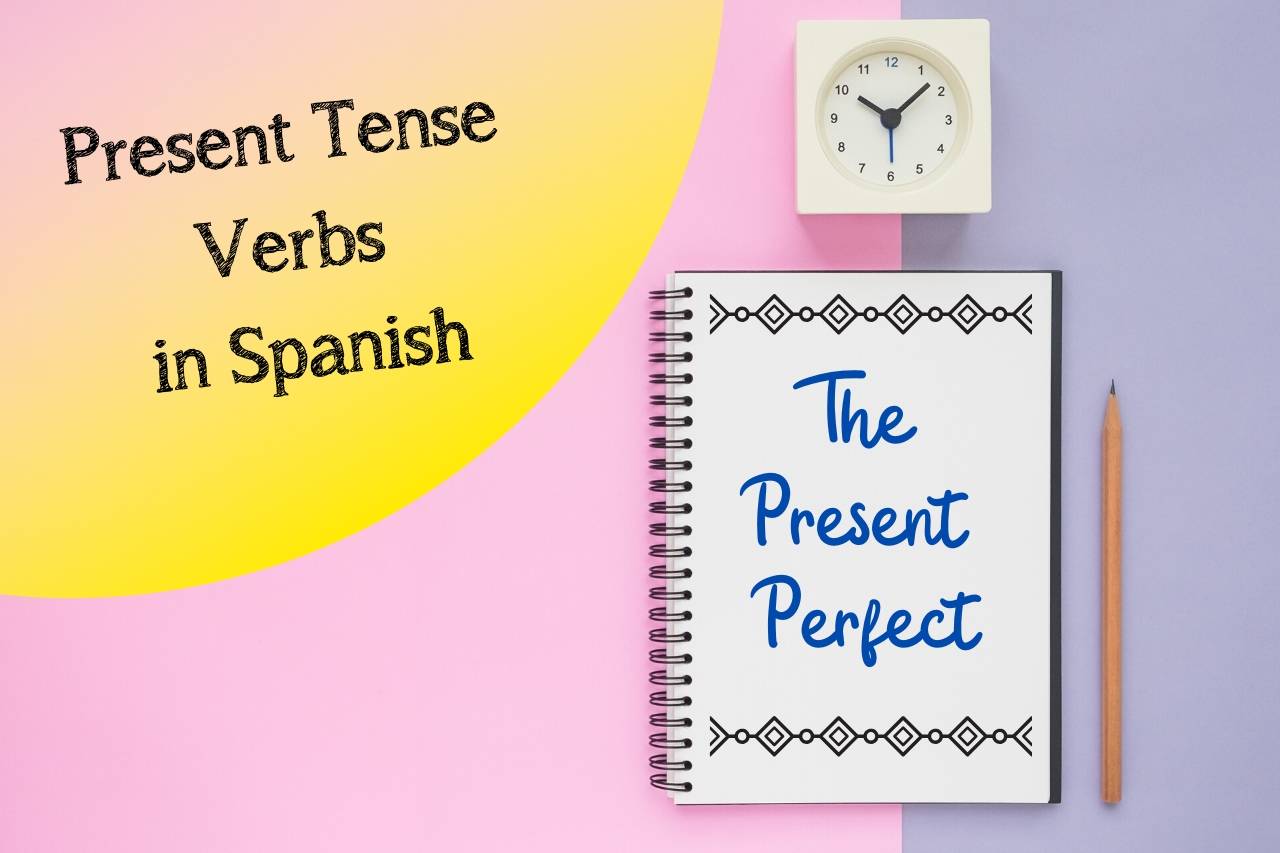



Present Tense Verbs In Spanish Part 3 The Present Perfect Tense
Spelling of verbs in the Present Perfect;




English Tenses Learn Present Perfect Tense With Examples Engli99
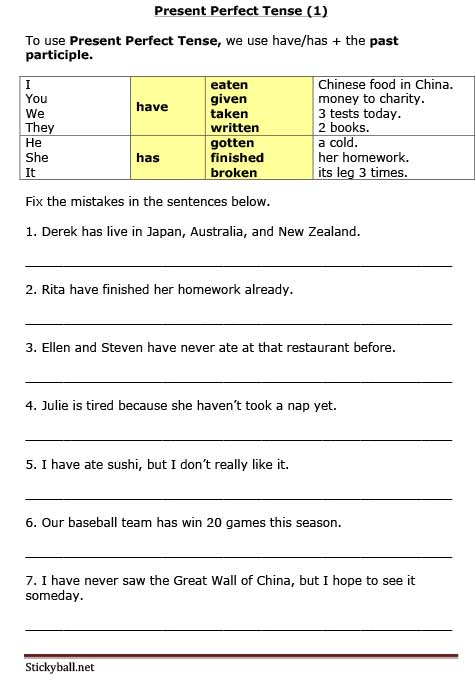



Esl Grammar Introduction To Present Perfect Tense
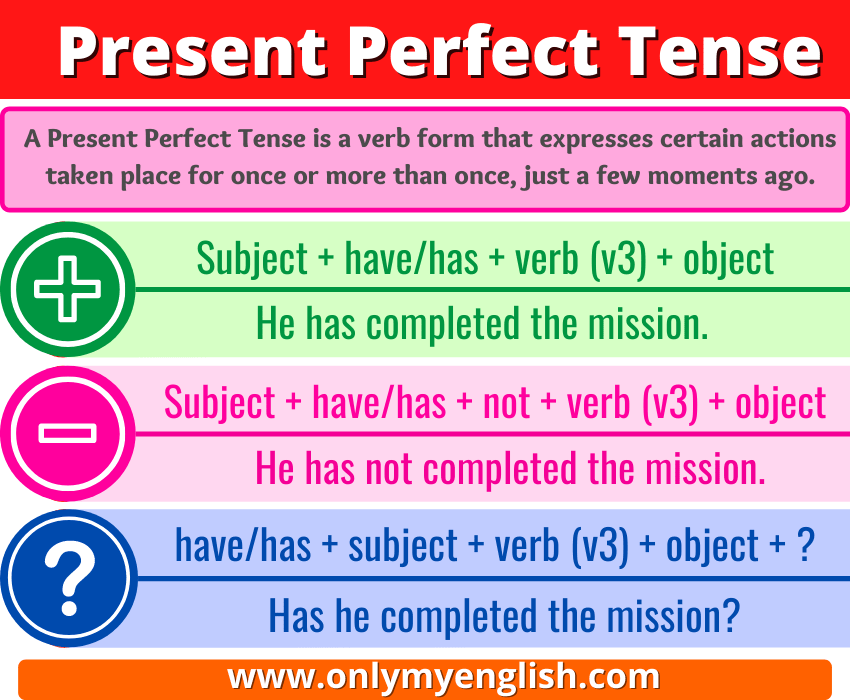



Present Perfect Tense Definition Examples Rules Onlymyenglish




How To Use The Present Perfect Tense In English Present Perfect Tense Is An English Tense Describing The Uncertai English Grammar Perfect Tense Present Perfect




The Past And Present Perfect Form Of Verbs Worksheets




Topic Present Perfect Tense Lesson Goal Students Will Be Able To Learn And Use Present Perfect Tense Ppt Download




Present Perfect Tense What Is The Present Perfect Tense
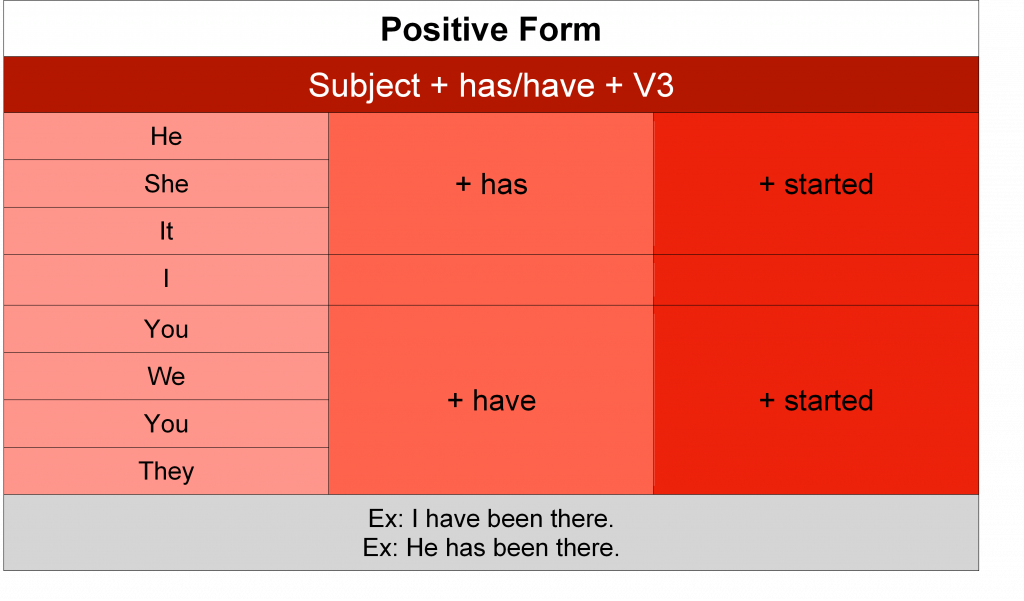



Present Perfect Tense Fun English Grammar Lessons Pocket Passport




Present Perfect Tenses Definition And Example Sentences Lessons For English
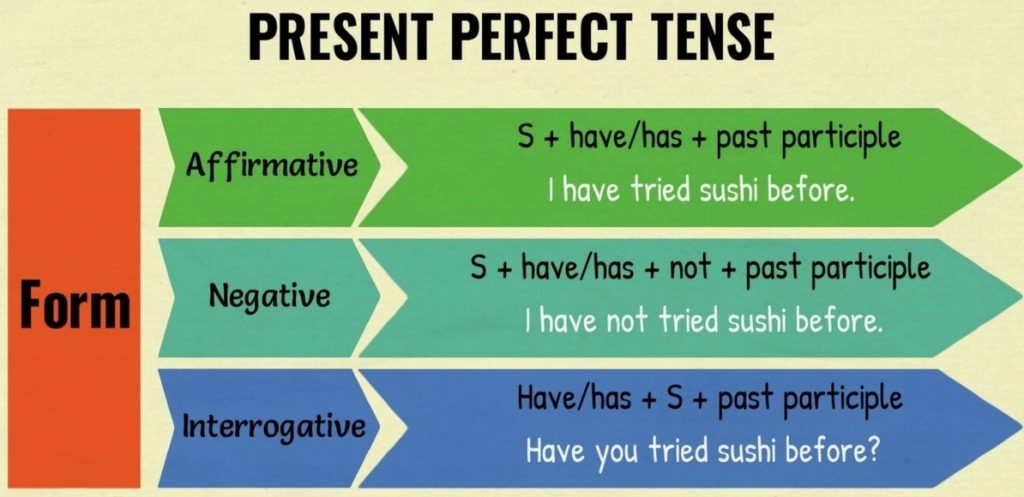



The Present Perfect Tense The Argentinian Problem En Ingles




Present Perfect Tense Grammar English Vocabulary Envocabulary Com




Test English Prepare For Your English Exam




The Spanish Present Perfect Tense El Preterito Perfecto




36owlt 8goztrm




The Present Perfect Tense Masterclass In English
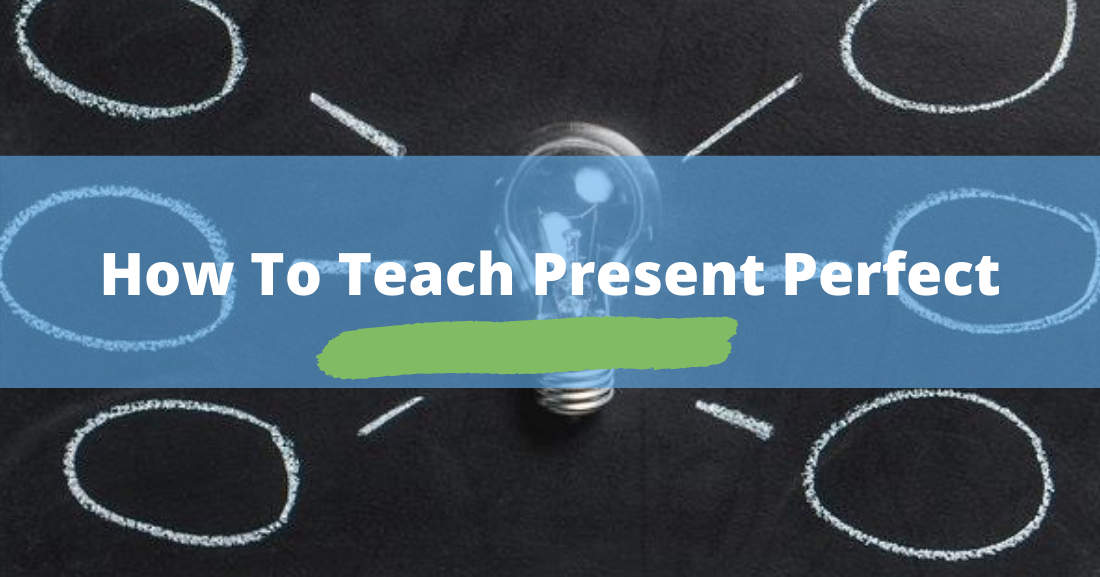



How To Teach Present Perfect Activities And Examples




Present Perfect Tense English Esl Worksheets For Distance Learning And Physical Classrooms




Present Perfect Simple All Things Grammar



1




Mind Map The Present Perfect Tense English




Structure Of Present Perfect Tense Present Perfect Tense Rules And Examples English Grammar Youtube
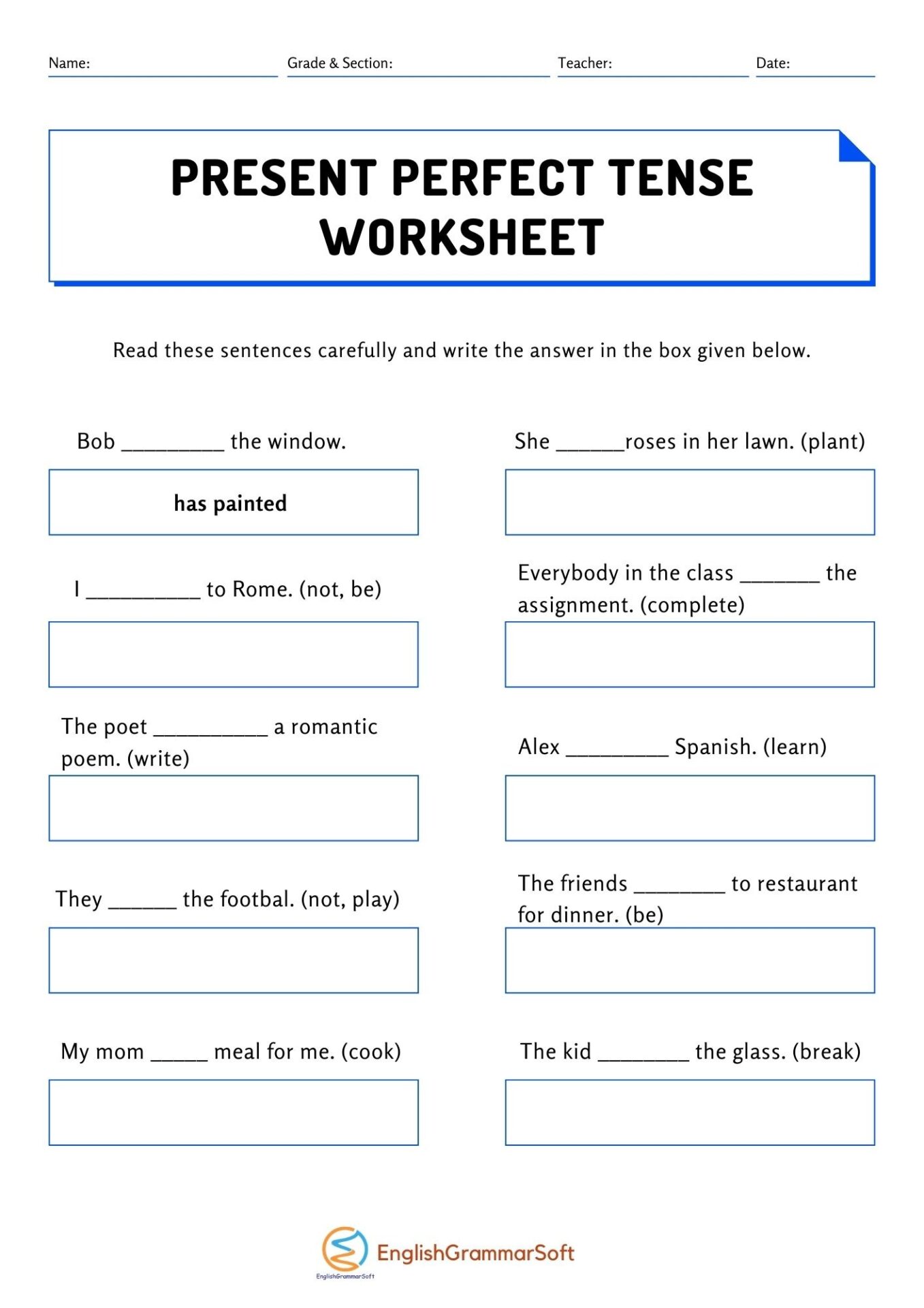



Present Perfect Tense Worksheets With Answers Englishgrammarsoft




What Is Present Perfect Tense Thesaurus Com
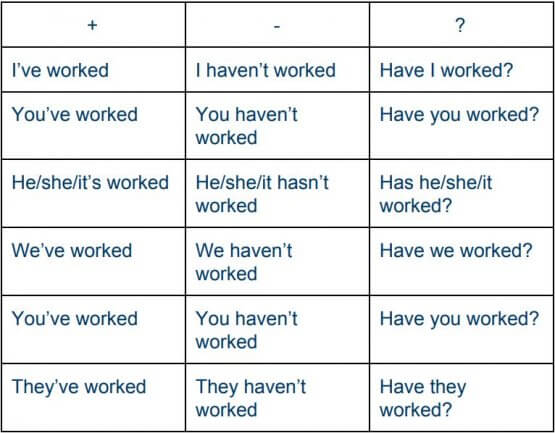



Using The Present Perfect Tense In English Wall Street English




Present Perfect Tense Learn English Perfect Tense Present Perfect




Structure Of Present Perfect Tense English Study Page
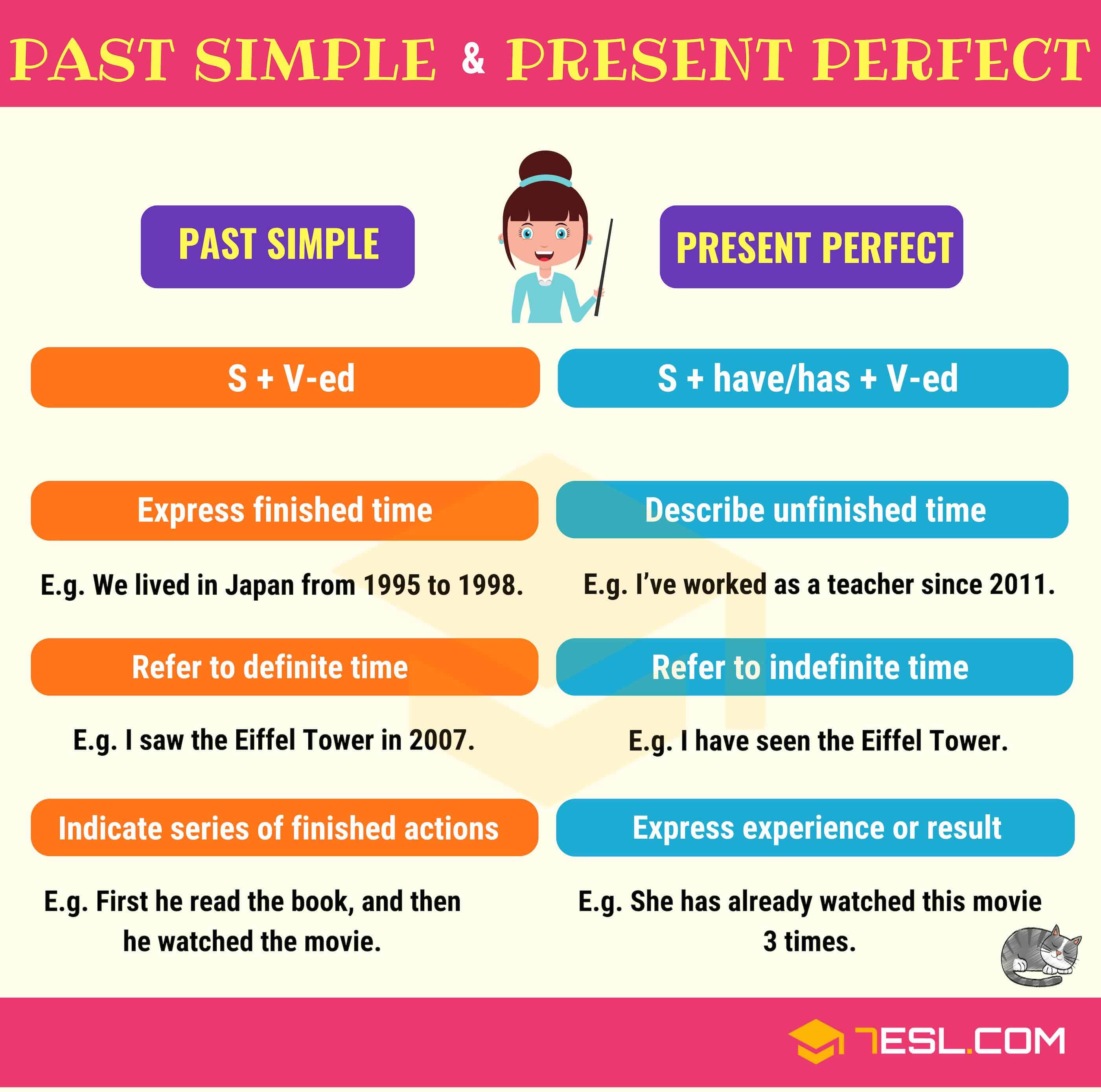



Present Perfect Vs Past Simple Useful Differences 7esl




Present Perfect Tense Competitive Exam Preparation Lessons24x7




Easy English Grammar Verb Tenses Present Perfect Esl Elt Brain Perks




Present Perfect Tense What Is The Present Perfect Tense
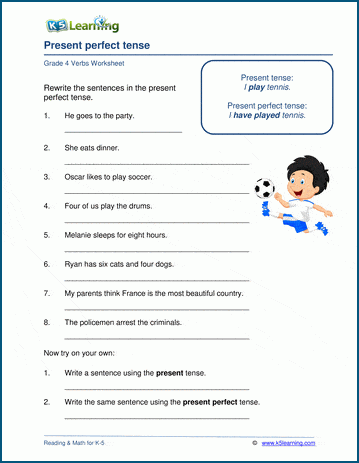



Present Perfect Tense Worksheets K5 Learning




Present Perfect Vs Past Perfect English Grammar Lesson Youtube
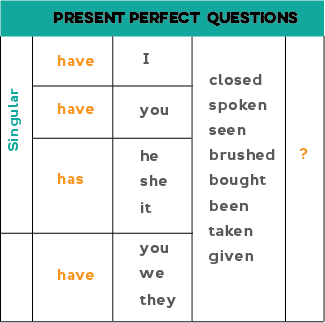



Present Perfect In English




Present Perfect Tense Ginseng English Learn English




The Present Perfect Tense Blog In2english
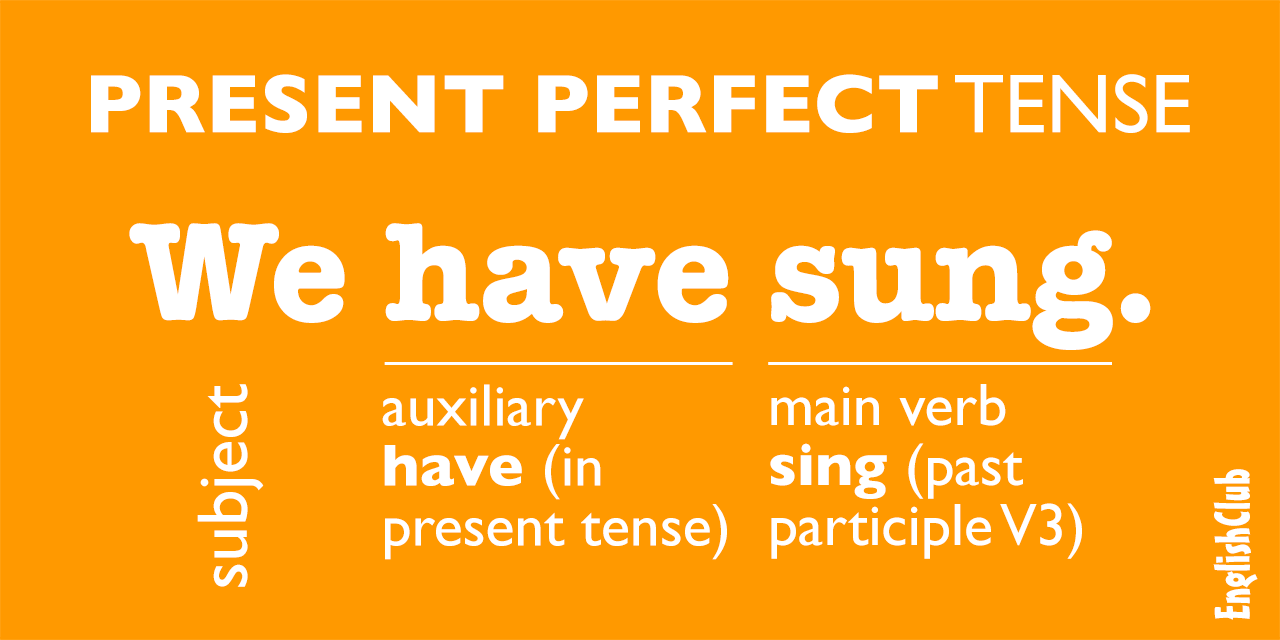



Present Perfect Tense Grammar Englishclub




Present Perfect Tense Examples Forms And Uses The Learner S Nook
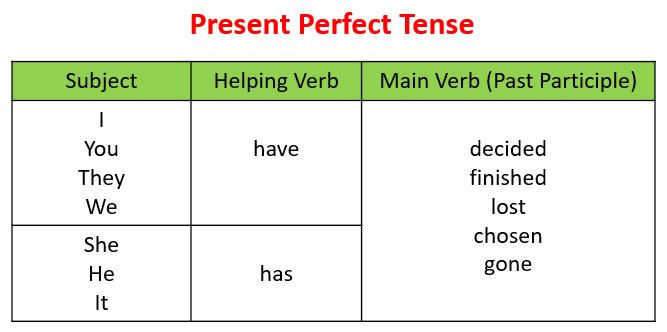



Present Perfect Tense Video Lessons Examples Explanations




Present Perfect Tense Online Worksheet For Begginers



Present Perfect Tense In English English Study Here




Present Perfect Tense Images Stock Photos Vectors Shutterstock




The Present Perfect Tense In English Connecting The Past With The Present
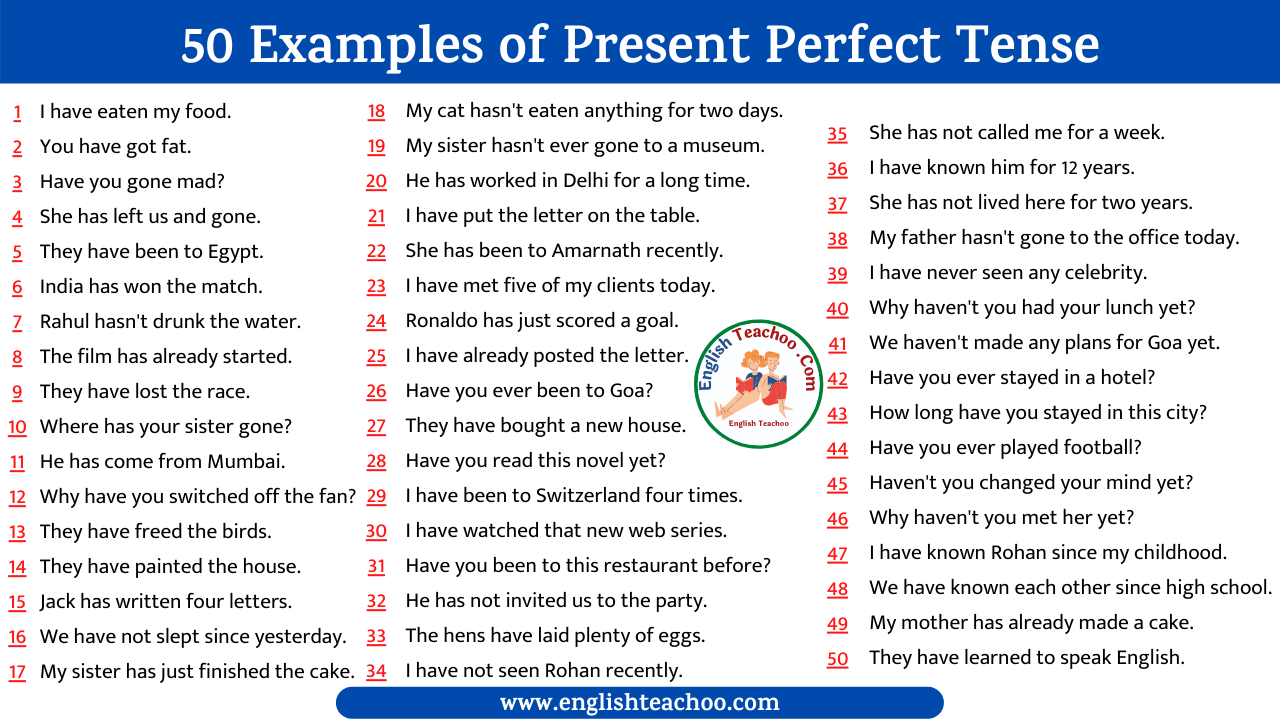



Present Perfect Tense Examples Englishteachoo



Present Perfect Tense Present Perfect U Fikri Vurgular
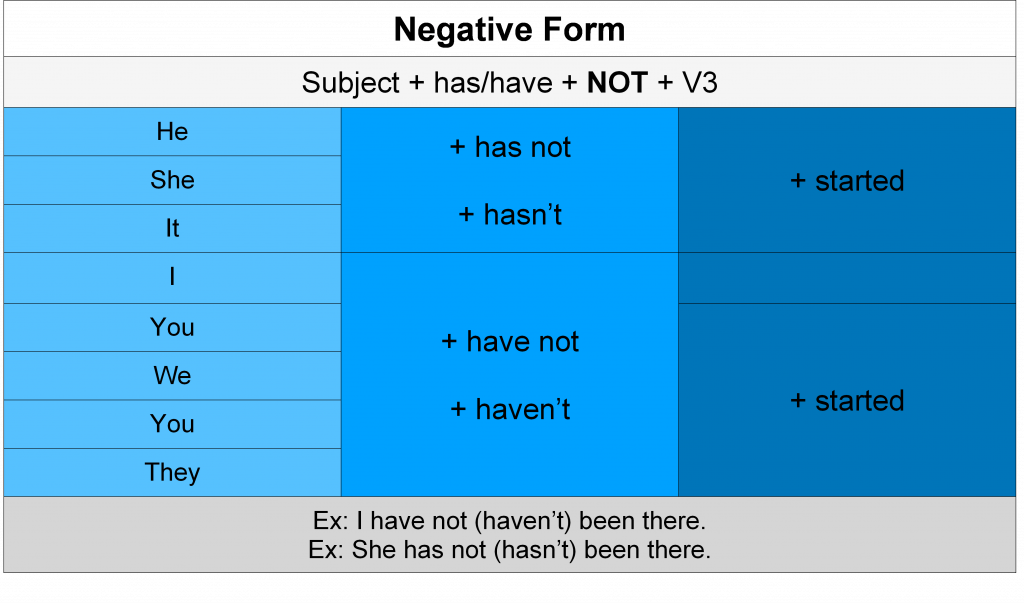



Present Perfect Tense Fun English Grammar Lessons Pocket Passport
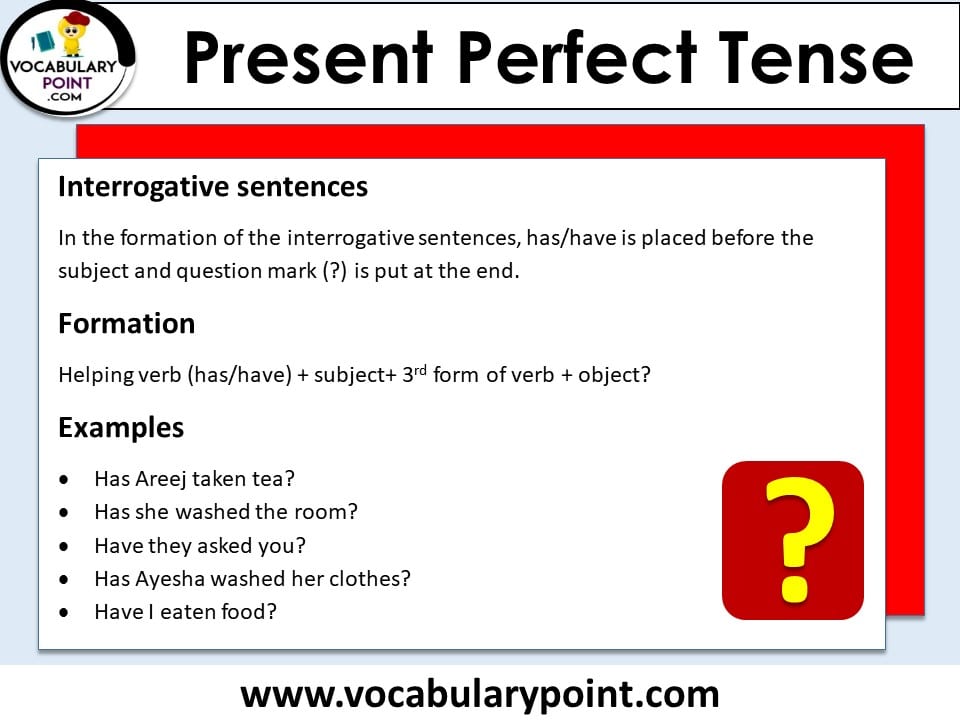



Present Perfect Tense Examples Sentences Formation Vocabulary Point




What Is The Present Perfect Tense Definition Examples Of English Tenses Writing Explained
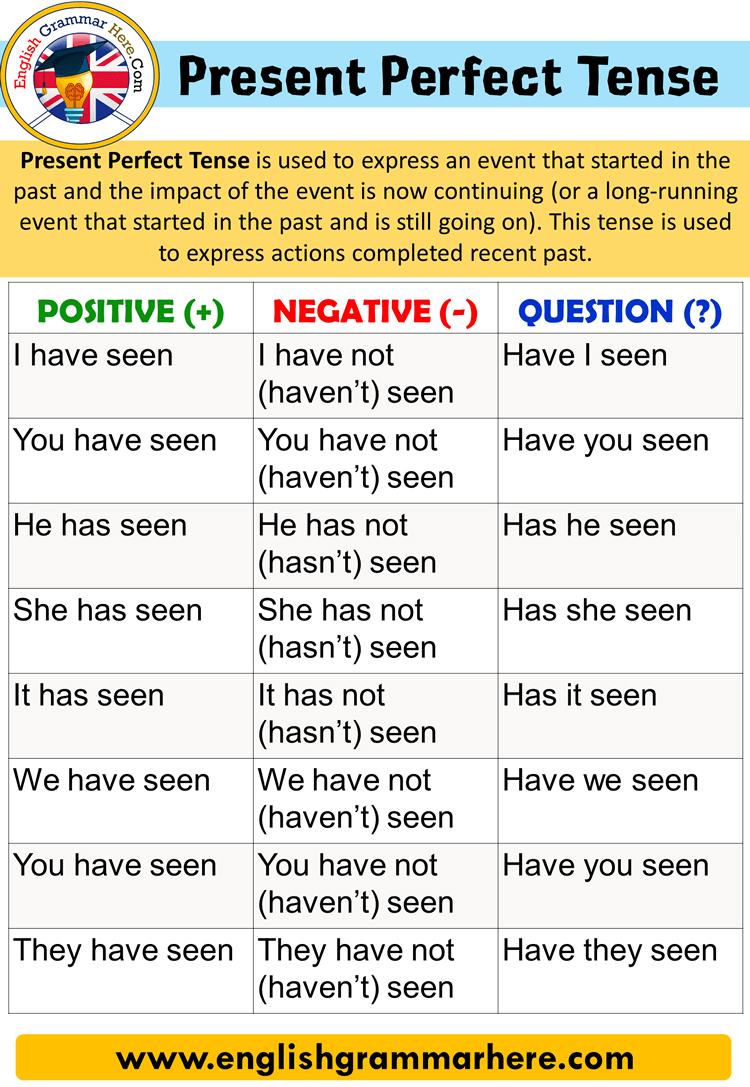



Present Perfect Tense Using And Examples English Grammar Here




Present Perfect Tense English Study Page
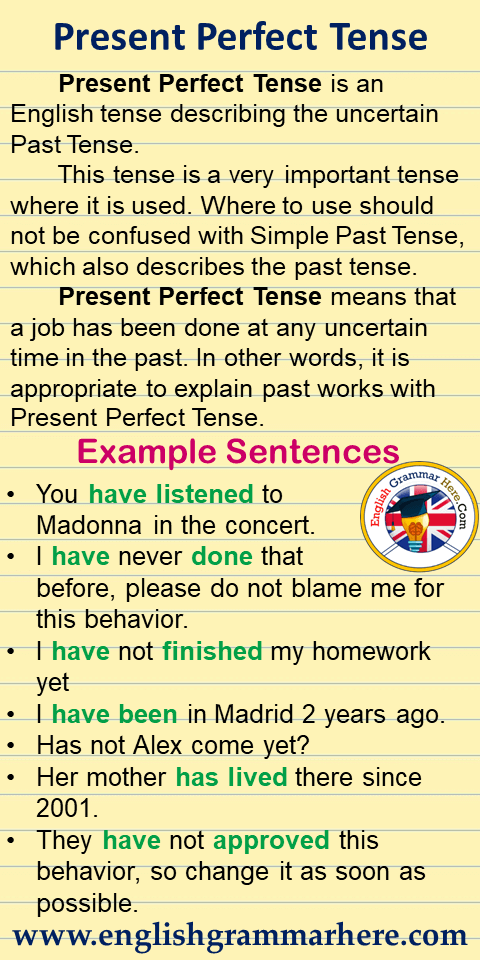



Present Perfect Tense Notes And Example Sentences English Grammar Here




Present Perfect Tense In English Grammar




10 Sentences Of Present Perfect Past Perfect And Future Perfect Tense English Study Here




Present Perfect Tense With Games Exercises Pictures And Examples
(80).jpg)



Perfect Tenses Quiz Proprofs Quiz
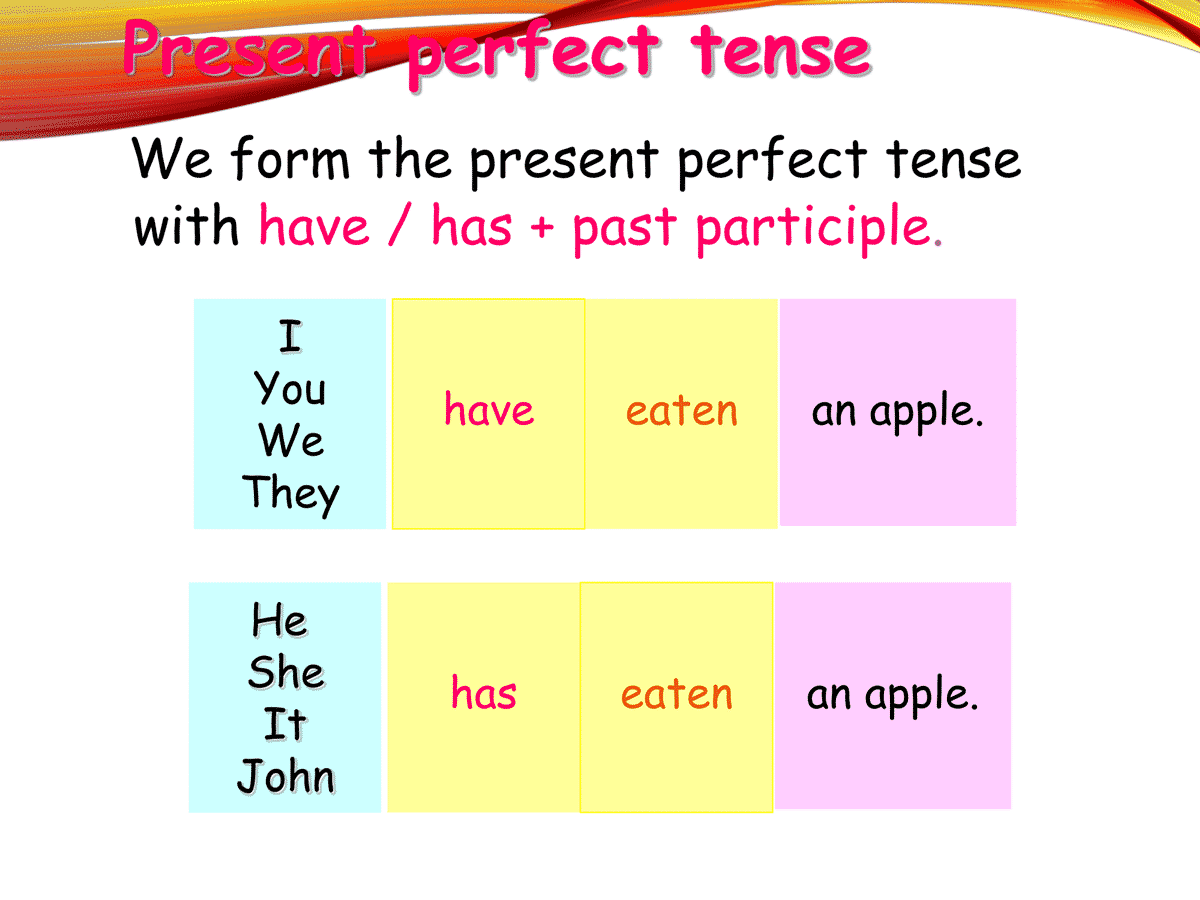



Using The Present Perfect Tense In English Eslbuzz Learning English




Examples Of Present Perfect Tense Or Sentences Onlymyenglish




Present Perfect Tense Vs Past Simple Tom S Story A Comical Story Of Tom The Esl Student Video Youtube




Present Perfect Tense Good Examples And Important Uses




The Present Perfect Tense English Esl Worksheets For Distance Learning And Physical Classrooms




Present Perfect Tense With Examples Definition And More



Present Perfect Tense Practice Worksheet For 2nd 6th Grade Lesson Planet




The Present Perfect Tense The Present Perfect Tense Refers To An By Pmcfb Medium
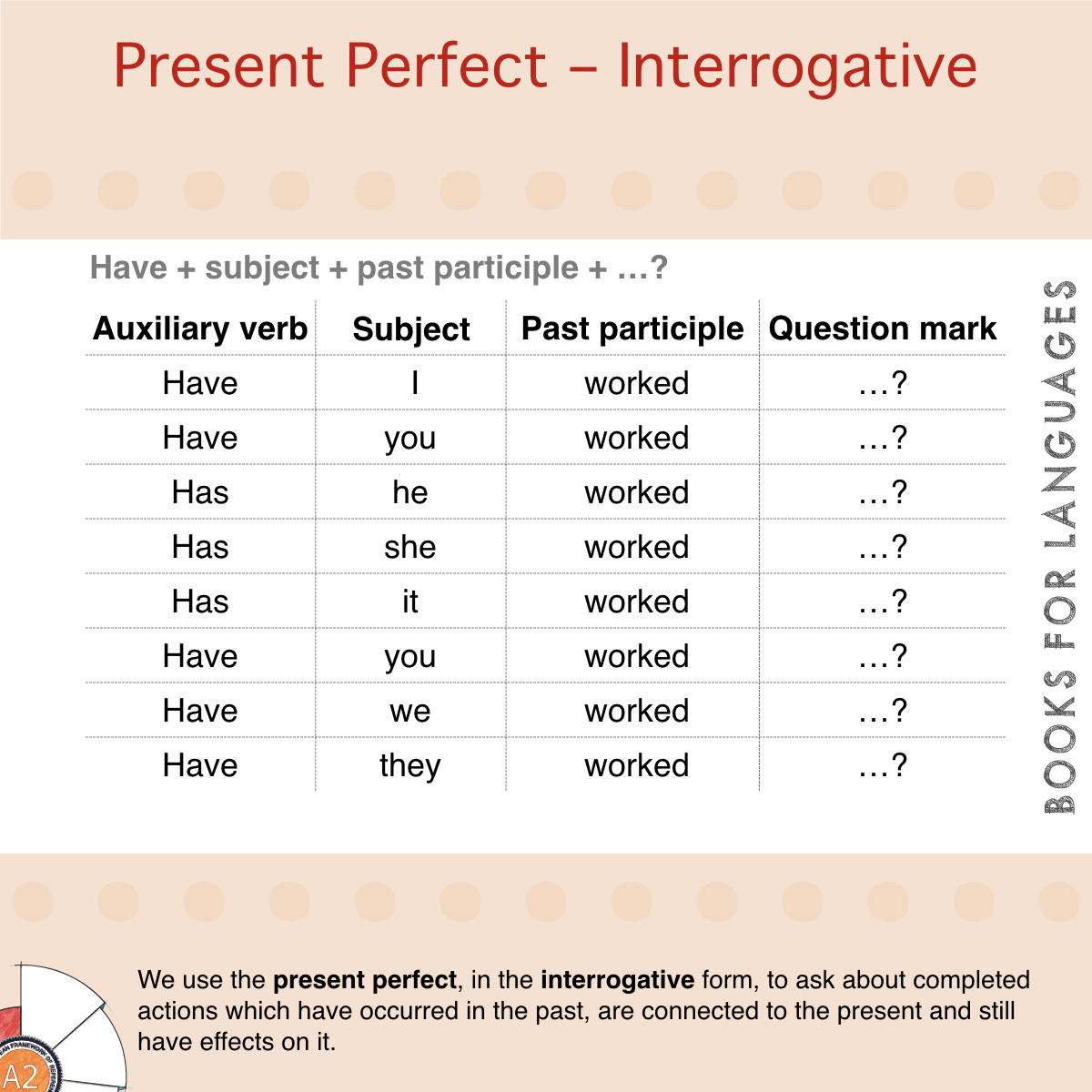



Present Perfect Interrogative English Grammar Level




Test English Prepare For Your English Exam




Advanced Learner S English Grammar Present Perfect Tense




Present Perfect Tense Download Complete Pdf Engdic



3




Present Perfect Tense With Examples Englishgrammarsoft




English Tenses Past Simple And Present Perfect Eslbuzz Learning English



Present Perfect Tense Learn Basic English Grammar Kids Educational Video Youtube
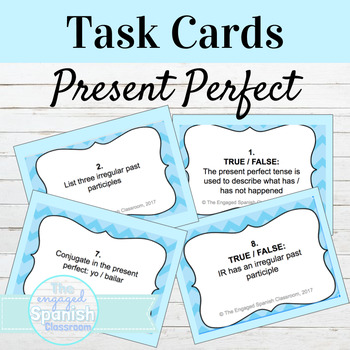



Spanish Present Perfect Tense Task Cards By The Engaged Spanish Classroom




Present Perfect Tense Definition Rules And Useful Examples 7esl
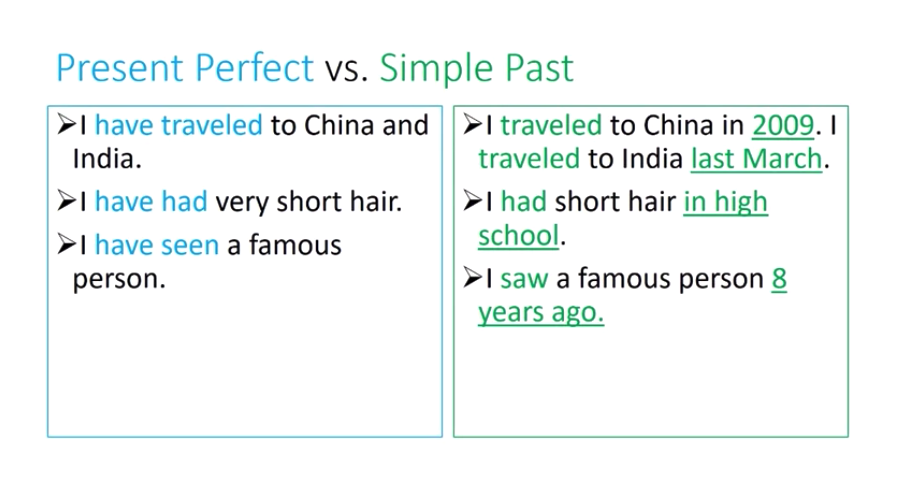



Present Perfect Tense Asean Scholarships
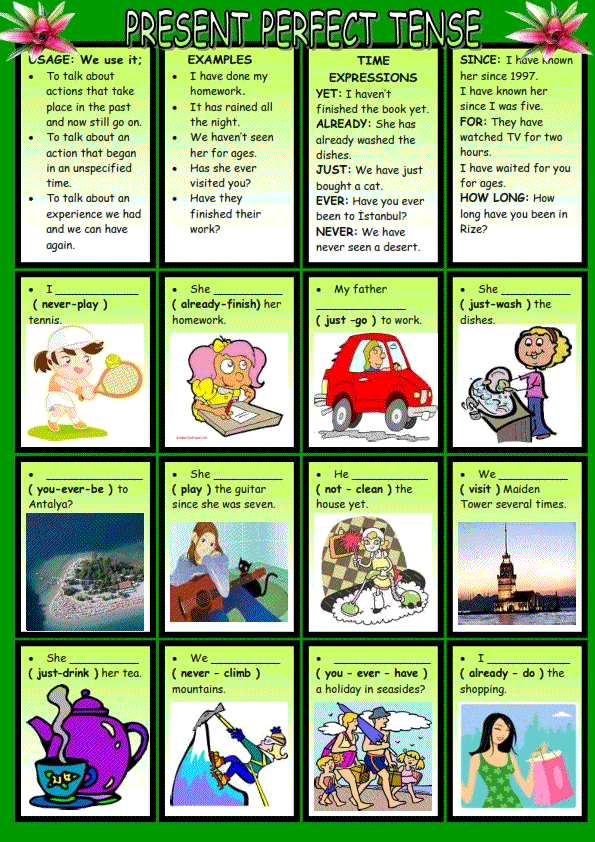



Present Perfect Tense Image Worksheets



0 件のコメント:
コメントを投稿